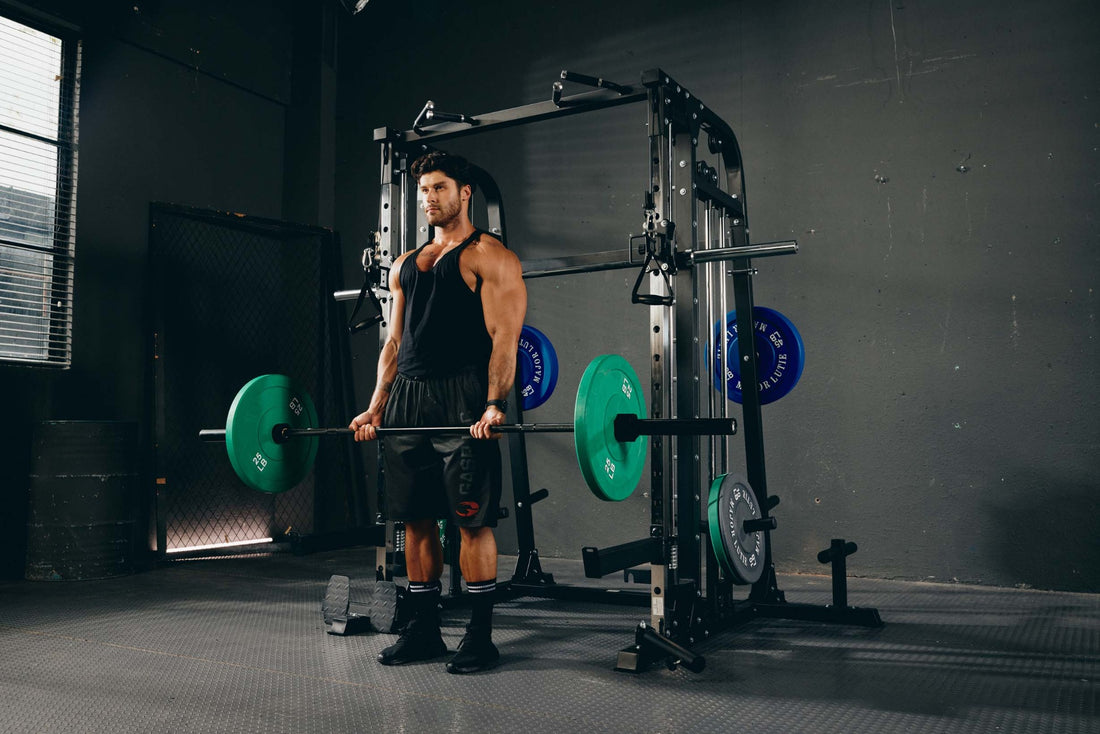
When it comes to strength training and building muscle mass, the deadlift is a cornerstone exercise. The benefits of the deadlift are undeniable, but it's not without its risks. Whether you're new to lifting or a seasoned pro, understanding the deadlift's advantages and disadvantages is crucial for maximizing your gains and minimizing injury. This detailed guide covers everything you need to know about incorporating deadlifts into your workout routine, so keep reading to uncover all the insights.
Advantages of Deadlifts
- Full-Body Workout: One of the biggest advantages of the deadlift is that it engages multiple muscle groups including the hamstrings, glutes, lower back, and core. This full-body engagement helps you build overall strength and contributes to functional fitness.
- Improved Posture: Because deadlifts work your lower back and core muscles, they can help improve your posture. A strong posterior chain supports a straight spine, reducing the risk of chronic back pain.
- Increased Hormone Release: Deadlifts stimulate the release of growth hormones and testosterone. These hormones are critical for muscle growth, recovery, and overall physical performance.
- Enhanced Grip Strength: Your grip strength will naturally improve as you lift heavier weights with deadlifts. This increased grip strength can benefit other exercises and daily activities that require a strong grip.
- Functional Strength: The deadlift mimics real-life movements such as picking up heavy objects from the ground. Incorporating this exercise into your routine can make daily tasks easier and less taxing on your body.

Disadvantages of Deadlifts
- Risk of Injury: One of the main disadvantages of the deadlift is the risk of injury, particularly to the lower back. Incorrect form or lifting too heavy can lead to strains, sprains, or even serious back injuries.
- Requires Proper Technique: Unlike some other exercises, deadlifts require meticulous attention to form. Poor technique can diminish the exercise's effectiveness and increase the likelihood of injury.
- Overtraining: Because deadlifts are such a demanding exercise, there's a risk of overtraining. This can lead to muscle fatigue, reduced performance, and a higher likelihood of injury.
- Not Always Suitable for Beginners: For those new to weightlifting, deadlifts can be intimidating and challenging. Beginners often lack the core strength and body awareness needed to perform the exercise correctly.
- Equipment Requirements: To perform deadlifts safely, you'll need access to a barbell and weight plates, which might not be available to everyone, especially those who workout at home.
If you want to achieve better deadlift results, you can use Major Fitness's Olympic barbell, which is durable and stable, supports high-intensity deadlifts, and helps you effectively improve the strength of your lower back, legs, and hips. Learn more.
Tips for Safe Deadlifting
- Warm Up Properly: Always start with a proper warm-up to prepare your muscles and joints for the lift. Dynamic stretches and light cardio can help reduce the risk of injury.
- Use Correct Form: Focus on maintaining a neutral spine, keeping your core engaged, and driving through your heels. Consider working with a certified trainer to ensure your form is correct.
- Gradually Increase Weight: Start with a weight you can lift comfortably and gradually increase as your strength improves. Avoid the temptation to lift too heavy, too soon.
- Listen to Your Body: Pay attention to how your body feels during and after the exercise. If you experience any pain or discomfort, stop immediately and consult a healthcare professional if necessary.
- Incorporate Accessory Exercises: Strengthen your supporting muscles with accessory exercises like planks, good mornings, and glute bridges. This can help improve your deadlift performance and reduce the risk of injury.
Understanding the deadlift advantages and disadvantages is key to making informed decisions about your fitness routine. With proper technique, gradual progression, and a focus on safety, the deadlift can be an incredibly beneficial addition to your workouts. Keep pushing your limits, but always remember to train smart and stay safe. Your journey to a stronger, healthier you starts here.




















All comment(1)
Is this exercise really necessary for achieving well-defined shoulders, or is it just a waste of time?